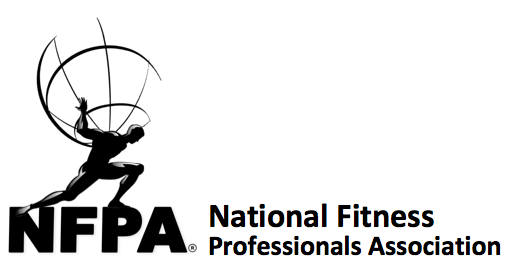Cardio After or Before Lifting?
Cardio After Lifting or Before?
Should you do cardio after lifting or before you lift?
Workout routine: 20 minutes of cardio, lift, abs, repeat. Sound familiar? Does the scale read the same number every week? When adding cardio to your routine might just be counter-productive.
Ask any lifter what he or she takes before they train. Undoubtedly it’s some kind of mix that contains caffeine and, more often than not, creatine. Both of these substances stimulate and speed up the creation of an organic molecule in your body called adenosine triphosphate, or ATP. ATP is responsible for every rep of every exercise you perform. It’s a biological unit that accounts for energy.
Your body breaks down carbohydrates and makes this molecule, which allows you to lift. It stores it in two places: Your skeletal muscles and your liver. Exercise of any form is going to use ATP, because unlike stimulating muscle growth, all muscular moves require ATP, and the body will flood the area that needs ATP the most.
Why Cardio After Lifting or Before Matters…
Your ATP stores are limited. Cardio will tap into the ATP that’s stored in your liver, and after the ATP is depleted from the liver, it pulls ATP from your muscles. Which means that when you finally complete your cardio routine and begin your strength training, your body literally will not have the energy or strength levels for the routine you planned on doing. This is all measurable by looking at the levels of certain substances in your blood.
Do your cardio after lifting.
Your body will draw first from the muscular ATP stores because of the energy system you are using. In other words, you’ll be working on muscle building and your body will pull from the liver to give you more ATP in your muscles while you are resting between sets. When you start your cardio routine following your strength training, your body will be breaking down your fat stores to replenish the liver ATP that you used to replenish your muscle stores.
Options for Cardio
Most individuals’ goal in the gym is at least somewhat appearance-related, hence why you are doing cardio in the first place.
Interval training is an option for in the gym:
Treadmill, elliptical, or bike, at a moderate pace for about five minutes to warm up.
Routine
Increase resistance and sprint or pedal hard for 20 seconds, then rest 40 seconds.
Repeat 20 times for a total of 20 minutes.
Then drop the difficulty down to a slower pace to cool down.
An outdoor option is:
Find an outdoor space at least a 25-yard patch that you can run on.
Your three options are:
Running 100 yds in 20 sec. or less with 60 sec. rest between sets
200 yds in 40 sec. with 90 sec. between sets
300 yds in 60 sec. with 2-min rest between sets
Once you’ve run 1,000 yards or more, you are finished.
This is a more advanced routine, and trainers must take into consideration the size and fitness level of the client.
The Warm-Up…
There are a number of things you can do to generally warm up. Is it five minutes on one of the treadmill cardio machines and some stretching? Is it a few push-ups? They could be good warm-ups, but the warm-up has to be relatable to your workout. Don’t get on the treadmill for five minutes if you plan on hitting the bench first. Whatever your routine is, let your warm up be the progression of starting moves of your routine.
Samples:
Squat
Foam rolling
Toe-touch squats (bodyweight)
Single-leg Romanian deadlifts (bodyweight)
Light sets of squat with about 50% of your working weight
Slow progression to target weight
Bench Press
Shoulder mobility
Light portions of the bench press
Progress to target weight.
The only real way of fat reduction is by reducing your caloric intake (how much you eat) and increasing caloric output (how much exercise you do on a given day). The type of cardio that helps you burn the most in a given unit of time is interval training. So, do your cardio after lifting and don’t overdo it.

